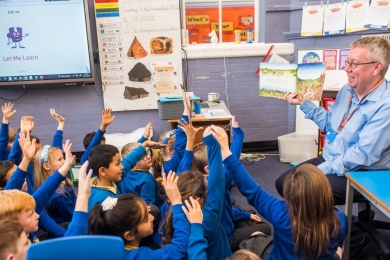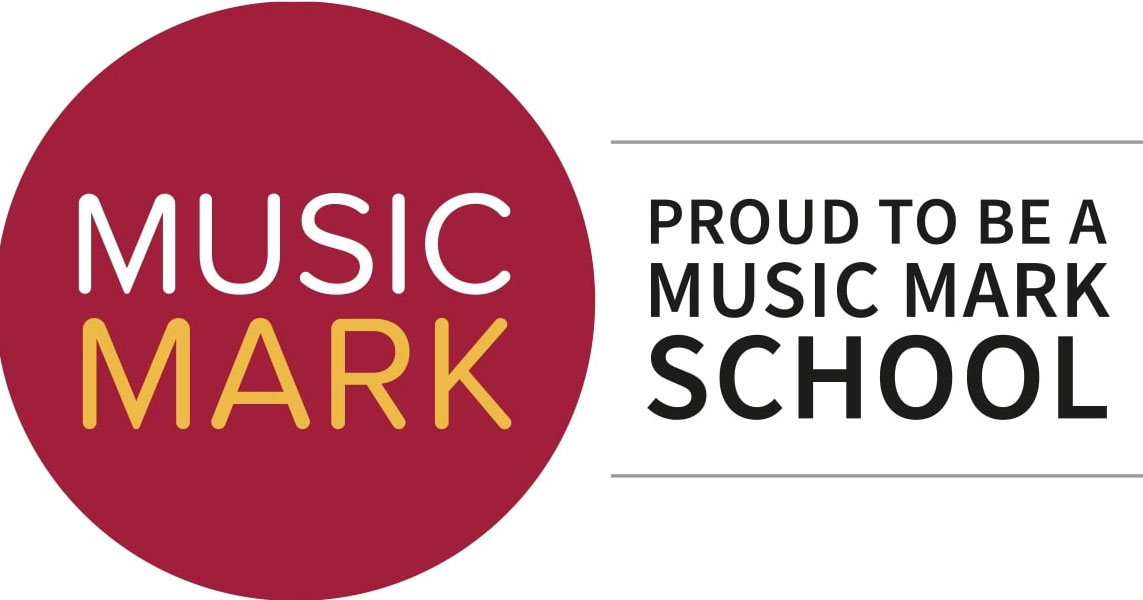Phonics & Reading
Reading and Phonics at St Andrew’s CE Primary School
When we introduce our Nursery children to pure sounds we use elements of 'Letters and Sounds'. We quickly move onto 'Read Write Inc' which we use through Early Years and KS1 to ensure our children are able to decode and read effectively. Children who need further support to develop their phonic understanding have access to multi sensory phonics.
To develop a love of reading we use 'Accelerated Reader' to help our children read for understanding.
Research has shown that children who love reading and read well achieve better in Maths as well as English. Beyond academic success, we want our children to love reading and finding new information, to enjoy a great story and develop a rich and vivid imagination and extensive vocabulary.
We work hard to ensure our children read well. A ‘good’ reader is someone who has:
· Excellent phonic knowledge and skills
· Fluency and accuracy in reading across a wide range of contexts throughout the curriculum and beyond
· Knowledge of an extensive and rich vocabulary
· An excellent comprehension of texts
· The motivation to read both for study and pleasure
· Extensive knowledge through having read a rich and varied range of texts.
Reading in EYFS
In Early Years (when children are aged 3, 4 and 5) we read lots of stories and poems to our children. We recite nursery rhymes and play rhyming and matching games. We talk about pictures in a story book and what we think might happen next and we immerse our children in play to develop language, empathy and understanding.
It is vital that parents play a big role in reading to their children as well as reading with them. Listening to stories and talking about pictures is a great way of getting children interested in books and text on ipads etc.
We also start introducing children to sounds and how to listen to the order in which sounds are made, this helps to prepare children for hearing sounds in words and eventually being able to write these sounds in order to spell the word. Recognising ‘tricky’ words is also something we start in Early Years.
Reading in Key Stage 1
In Key Stage 1 (when children are aged 5, 6 and 7) we build on the phonics experience they have had in Early Years and make sure all our children are able to recognise the sounds that letters and groups of letters make. Although there are only 26 letters in the English alphabet, they combine to make 44 different sounds and some sounds are made by different combinations of letters. Learning all these sounds is not easy but being able to do so means a child can decode familiar and less familiar words. Being able to decode (say) a word is not really enough to be a reader. Pupils also need to understand what is being read and we encourage and support children to read for meaning. Practising at home is really important and being able to tell someone what he/she has just read is a vital skill for every child. We try and make reading fun and meaningful and we do this by ensuring our pupils can:
· Listen to and begin to read traditional stories with understanding
· Listen to and begin to read a range of texts with some understanding
· Learn some stories and poems off by heart
· Become familiar with a wider range of texts of different lengths
· Use the class and school library to choose their own books and their own reading books
· Listen to short novels over time
At the end of Year 1 when children are around 6 years old they have to take a national phonics test, called a phonics check. The children have to prove they can decode real words and pseudo words, ie nonsense words. Parents are informed on whether their child has met the required standard (usually a mark of around 32 correctly read words out of a possible 40). The number of children who have ‘passed’ is published nationally so interested parties can see how well children at St Andrew’s have achieved academically.
At the end of Year 2 when children are around 7 years old, they complete a second national test for reading. This is the end of Key Stage 1 SAT test. Here children’s comprehension skills are tested as well as their ability to decode. Again the school’s data on the number of pupils who ‘pass’ is published nationally.
Reading in Key Stage 2.
Building on the foundations from Early Years and Key Stage 1, we work to ensure our children are able to read with fluency and understanding and are developing a love of reading. We have several initiatives in school to encourage children to read here and at home and to understand and enjoy texts. Again we work to ensure children get a rich diet of different reading experiences which include being able to:
· Read and listen to a wide range of texts and different styles of texts including fairy stories, myths, legends, science fiction etc.
· Listen to, read and discuss a wide range of texts with deepening understanding
· Recite poetry off by heart, identifying favourite poems and discussing them
· Increasing familiarity with a widening range of books including classic works of British fiction as well as those from other cultures
· Take part in discussions about texts and evaluate then critically
· Use school and community libraries
· Look at books with a different alphabet to English
· Read and listen to novels.
Pupils in Year 6 (in their final year of primary school) sit another SAT test on reading. The results are collected together and published nationally to show the class’s outcomes for progress and attainment compared to pupils across the whole country.
We use Read Write Inc for phonics. https://www.ruthmiskin.com/en/programmes/phonics/








